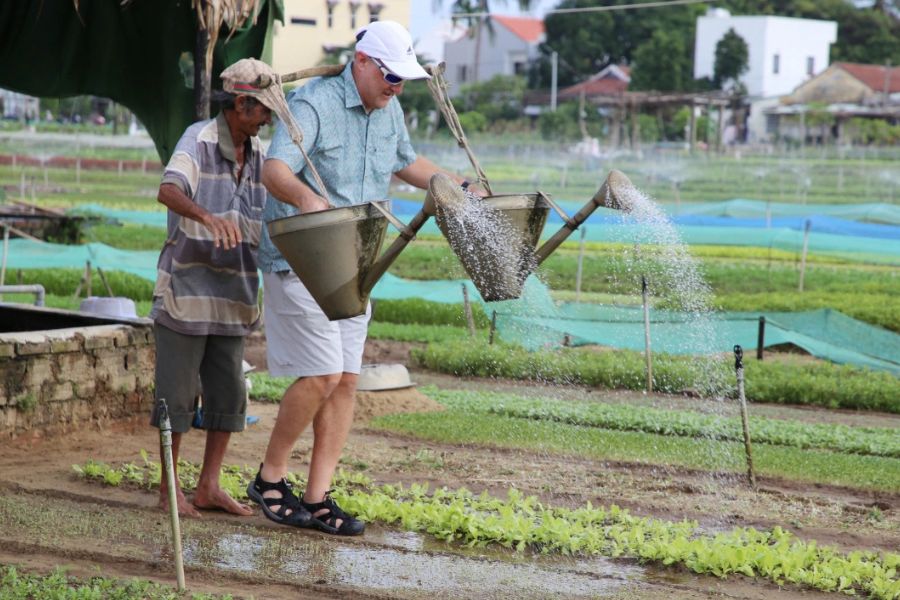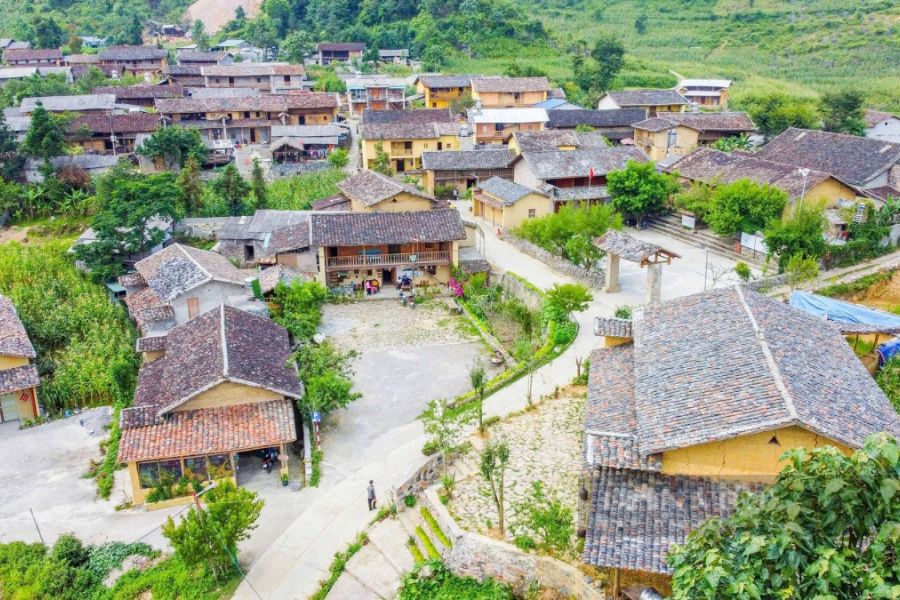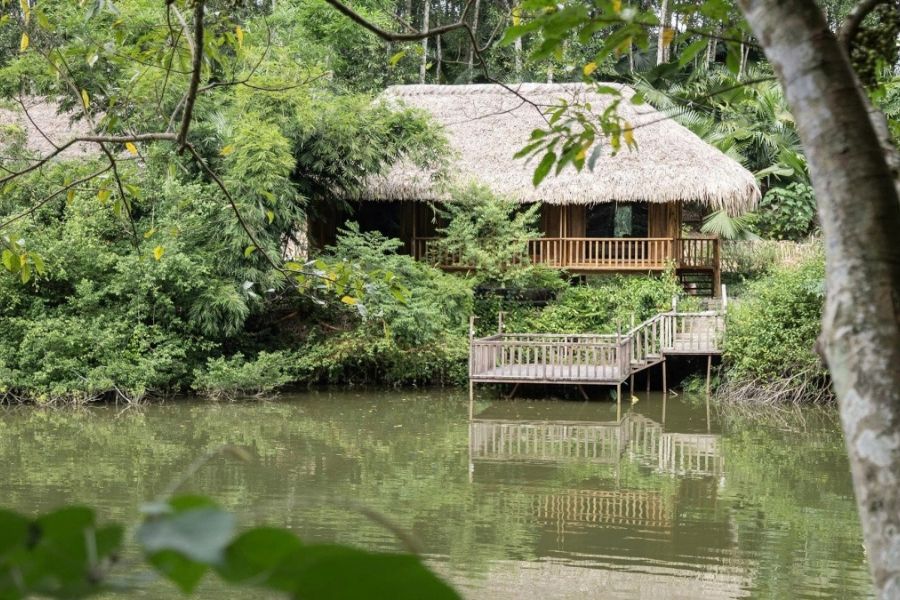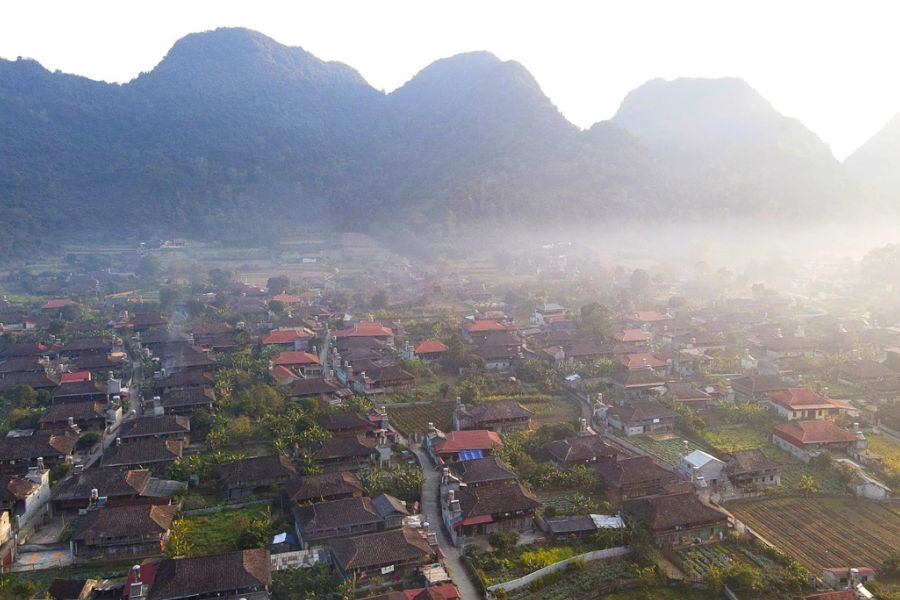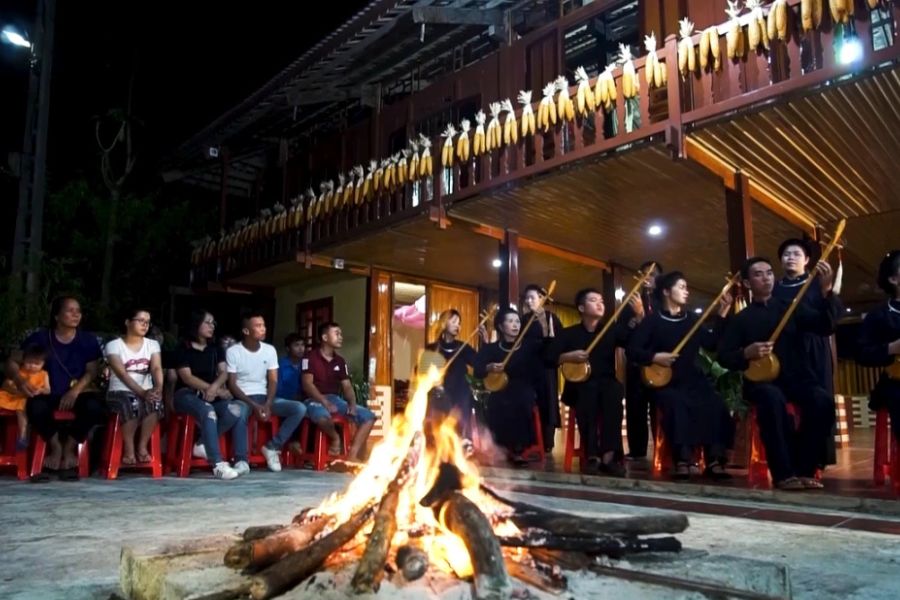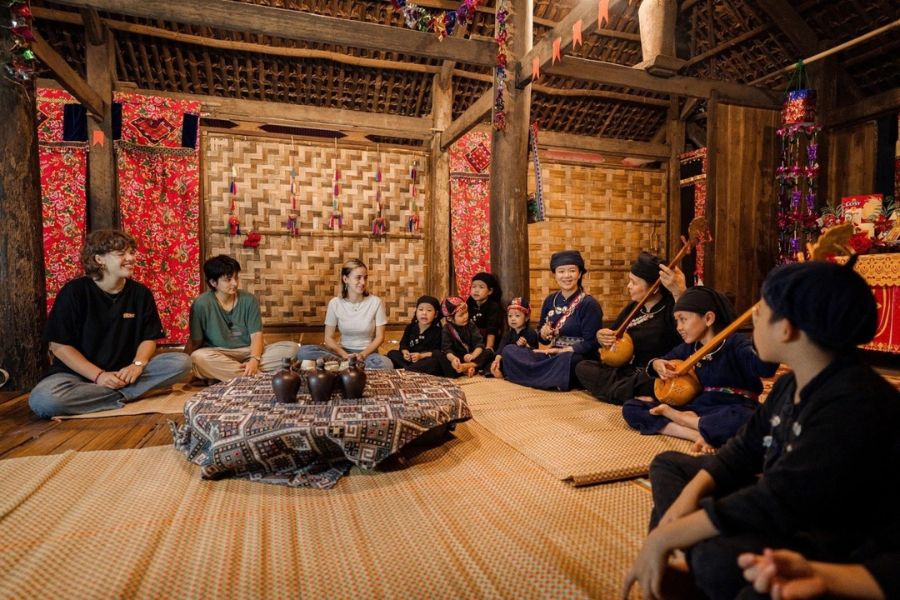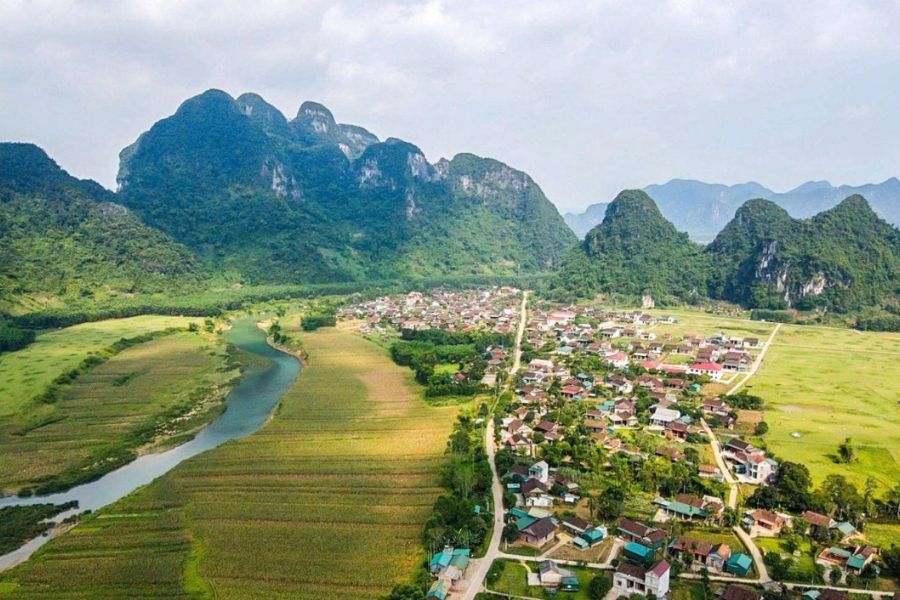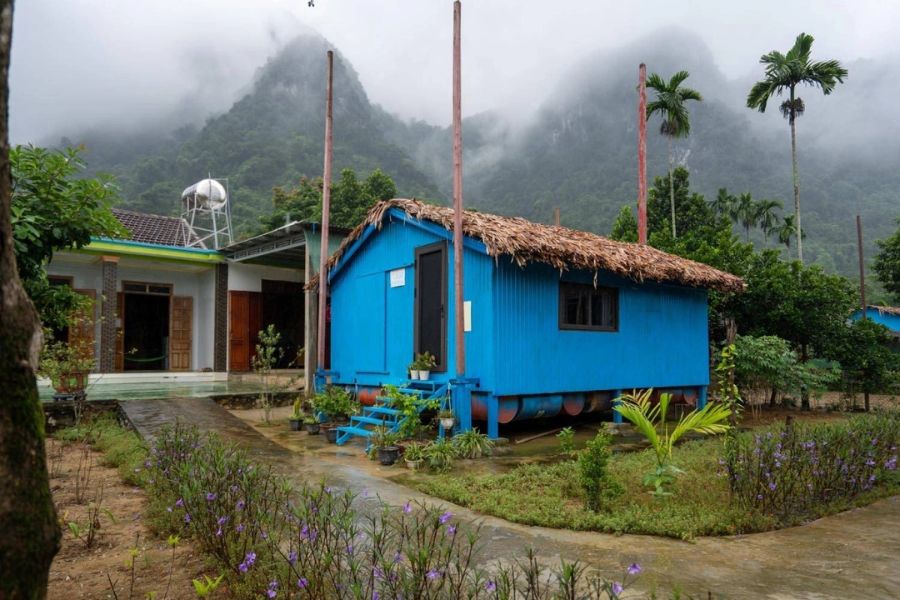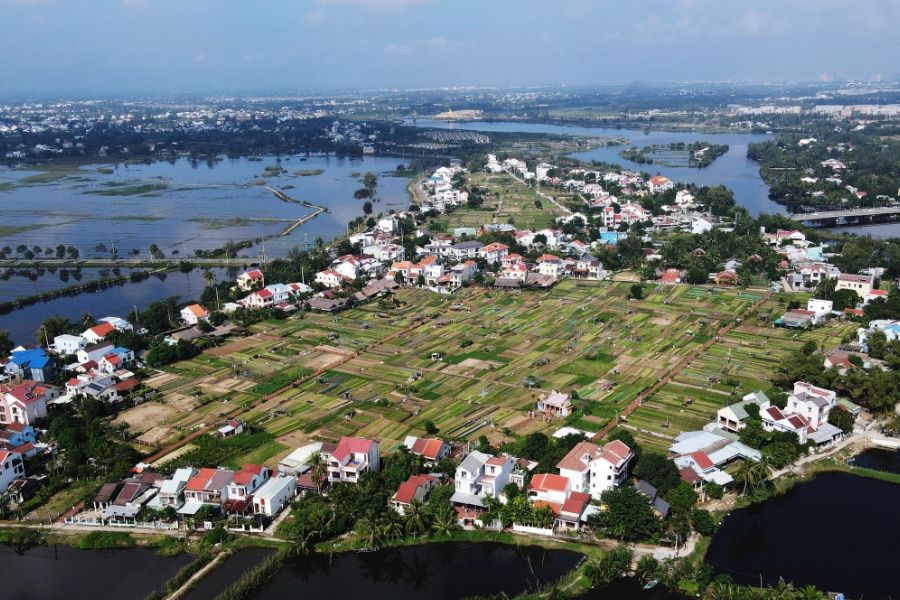In an age when travellers are craving authenticity, culture, and meaningful experiences, the concept of the best tourism villages worldwide is gaining real traction. Earlier this year, Vietnam added two standout destinations to this elite list, underlining how rural tourism can deliver on experience, sustainability and community benefit. As an inbound operator or travel professional, this recognition isn’t just a badge – it’s a powerful story to tell.
What’s the “Best Tourism Villages Worldwide” Initiative?
Launched in 2021 by UN Tourism (formerly known as the UNWTO), the initiative aims to highlight rural communities that are leveraging tourism as a tool for development – while preserving culture, environment and livelihoods.
Villages are evaluated across nine key criteria, including:
Cultural & Natural Resources
Conservation of Cultural Resources
Economic Sustainability
Social Sustainability
Environmental Sustainability
Tourism Development & Value-Chain Integration
Governance & Tourism Prioritisation
Infrastructure & Connectivity
Health, Safety & Security
This is what makes the tag “best tourism villages worldwide” far more than marketing fluff – it’s a recognition of rigorous standards, global credibility and real community impact.
Vietnam’s Award-Winning Villages: Authentic Roots of Sustainable Travel
Lo Lo Chai Village – Tuyen Quang Province
Perched on the slopes of the Lung Cu Flag Tower in Ha Giang’s remote northern frontier, Lo Lo Chai Village stands as one of Vietnam’s finest examples of ethnic heritage preservation through tourism. Home to the Lô Lô ethnic minority, this village has managed to protect its centuries-old clay-walled houses, colourful hand-woven costumes, and rare drum dance rituals that celebrate ancestral traditions. Visitors can stay in homestays built with traditional earthen architecture, join daily activities like textile weaving or corn-wine distilling, and learn about the intricate Lo Lo cultural calendar that revolves around agricultural cycles. According to the Ha Giang Department of Culture and Tourism, the village’s community-based tourism model has helped generate sustainable income for dozens of households while keeping youth from migrating to urban centres. These efforts earned it recognition in the Best Tourism Villages Worldwide initiative for its balance of cultural authenticity, visitor experience, and environmental stewardship.
Quynh Son Village – Lang Son Province
Located at the heart of Bac Son Valley, Quynh Son Village is famed for its picturesque setting of limestone mountains, rice paddies, and distinctive stilt houses of the Tay ethnic group. What makes Quynh Son stand out is how the community turned traditional Tay architecture into an experiential tourism asset – visitors can stay in well-maintained stilt houses, join in local folk singing sessions, and witness traditional rituals that celebrate the harvest. The village promotes “green tourism,” with clean energy initiatives and local waste management projects spearheaded by residents. UN Tourism’s evaluation highlighted Quynh Son’s effective village governance, its strong sense of cultural continuity, and its success in integrating small-scale tourism into the local economy without losing authenticity. In short, Quynh Son exemplifies how a rural community can modernize sustainably while protecting both environment and identity.
Thai Hai Village – Thai Nguyen Province
Thai Hai Ecological Stilt House Village is a living museum of Tay and Nung ethnic culture located just outside Thai Nguyen City. The village features over 30 preserved stilt houses relocated from mountain areas and rebuilt using traditional techniques. What sets Thai Hai apart is that it isn’t just a tourism attraction – it’s a functioning community where residents live, farm, and host guests simultaneously. Visitors can experience herbal baths, traditional dancing, indigenous culinary workshops, and organic farming. UN Tourism praised Thai Hai for its inclusive tourism model that reinvests directly into community welfare and education while keeping zero-plastic and low-carbon practices. Local authorities have also documented its role in preserving nearly-lost craft traditions, such as indigo dyeing and traditional music instruments.
Tan Hoa Village – Quang Binh Province
Once a flood-prone and impoverished village in the buffer zone of Phong Nha-Ke Bang National Park, Tan Hoa has reinvented itself as one of Vietnam’s most inspiring sustainable-tourism success stories. Its residents, with support from local tour operator Oxalis Adventure, transformed the area into a model of disaster-resilient tourism. Homestays are built on floating foundations that rise with floodwaters, ensuring safety and business continuity during the rainy season. Tour programs emphasize caving, cycling, and cultural exchange while ensuring 80% of tourism revenue stays within the community. This strong focus on social sustainability, economic empowerment, and climate adaptation led UN Tourism to include Tan Hoa among the Best Tourism Villages Worldwide 2023. Today, it attracts thousands of international adventure travellers annually while retaining its rural charm and community-first ethos.
Tra Que Village – Quang Nam Province
Just a short bike ride from Hoi An Ancient Town, Tra Que Vegetable Village is the textbook example of agritourism done right. The village’s success lies in its 300-year-old organic farming heritage – locals use seaweed from the De Vong River to fertilize soil, producing high-quality herbs used by Hoi An’s best restaurants. Visitors can take hands-on farming classes, learn traditional cultivation techniques, and enjoy rustic cooking sessions with farm-to-table meals. Beyond the aesthetic beauty of neat green beds, Tra Que represents a rare intersection of sustainability, gastronomy, and cultural continuity. According to Quang Nam Tourism Department, 100% of households in the village now earn at least part of their income from tourism, while maintaining the same organic farming techniques passed down for generations. Its recognition in the Best Tourism Villages Worldwide 2024 list underscores how agricultural heritage can power a globally respected sustainable tourism model.
Why This List Matters for You
Why should you care about the label best tourism villages worldwide? Because it tells you these places aren’t just pretty – they tick high standards for culture, environment, community benefit and tourism development. For travellers seeking authenticity, these villages deliver meaningfully different experiences.
And for those wanting to support responsible travel, choosing villages like these signals your impact goes beyond selfies.
Before You Go: Practical Tips
Book a home-stay. These villages often feature local family-run accommodation – better authenticity than generic hotels.
Respect local life. Dress modestly, ask before photographing, and buy locally (crafts, meals) to support the community.
Transport & access. Some villages are remote – plan extra travel time. Tra Que is easy (near Hoi An). Lo Lo Chai is remote and elevated (~1,470 m altitude) so bring warm clothes.
Best times. Morning light + fewer crowds make a big difference. For farming villages (Tra Que, Quynh Son) check seasons (rice planting/harvest).
Use a local operator. Travel through trusted local partners ensures quality and authentic connections – for example via vietnam local tour operators.
Comfort vs rugged. These villages are authentic and may lack luxury hotel infrastructure. Choose accordingly.
Vietnam’s five awarded villages – Lo Lo Chai, Quynh Son, Thai Hai, Tan Hoa and Tra Que – are not just “nice to visit” stops. They represent a new generation of rural tourism: thoughtful, sustainable, community-driven and immersive.
If you’re visiting Vietnam and want to go beyond temples, beaches and cities, make space in your itinerary for these villages. You’ll return not just with better photos, but with deeper memories.

